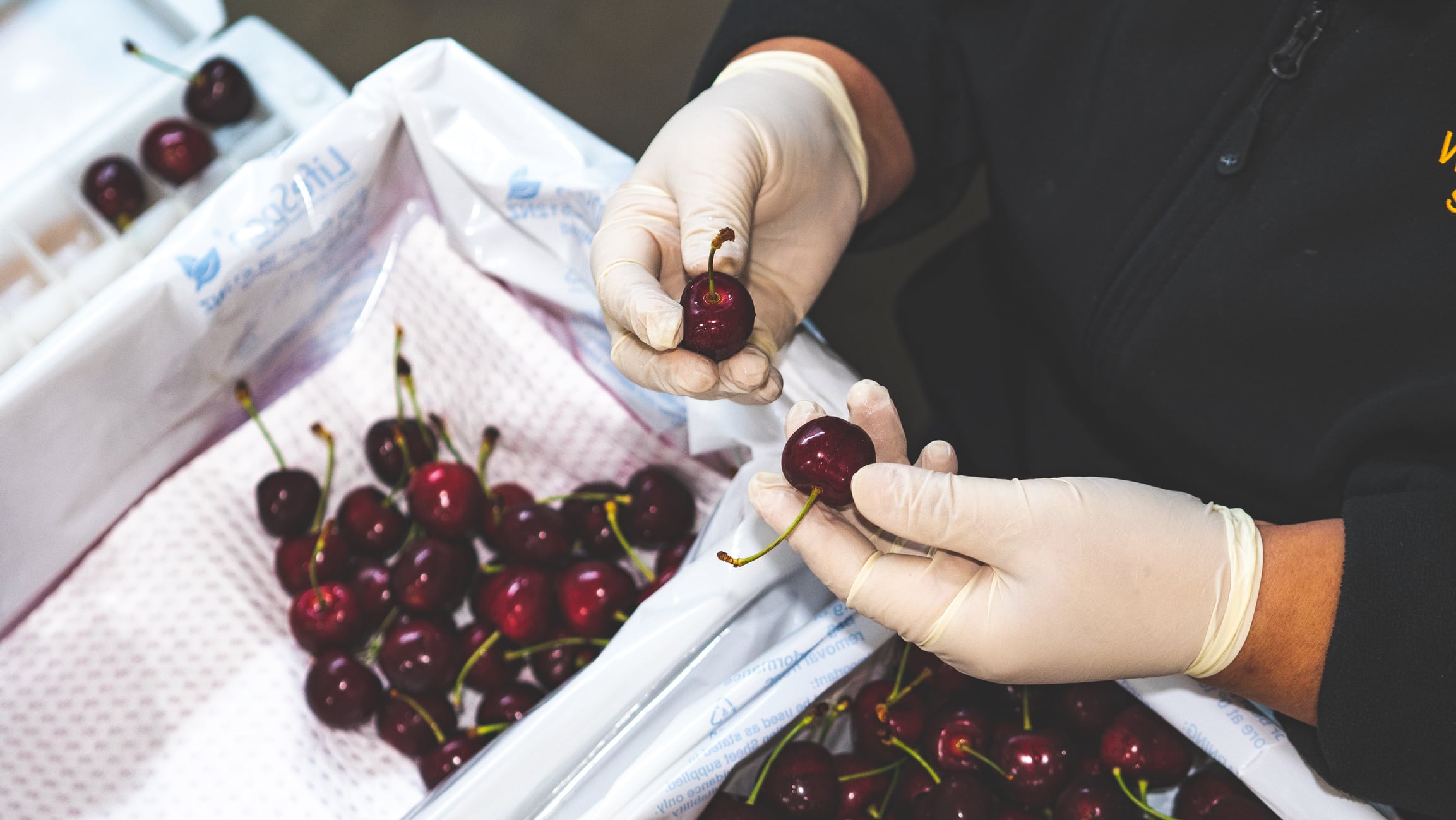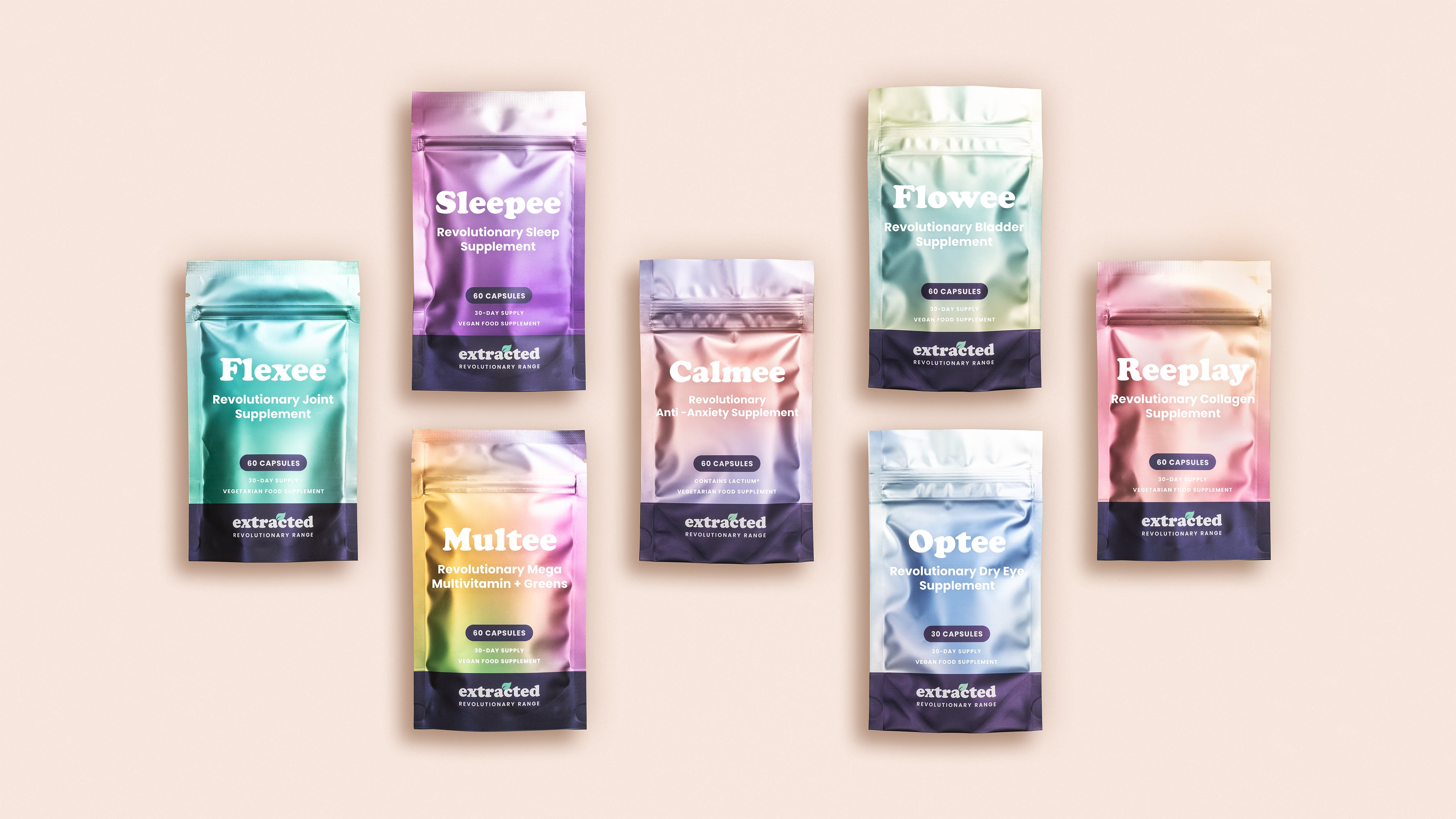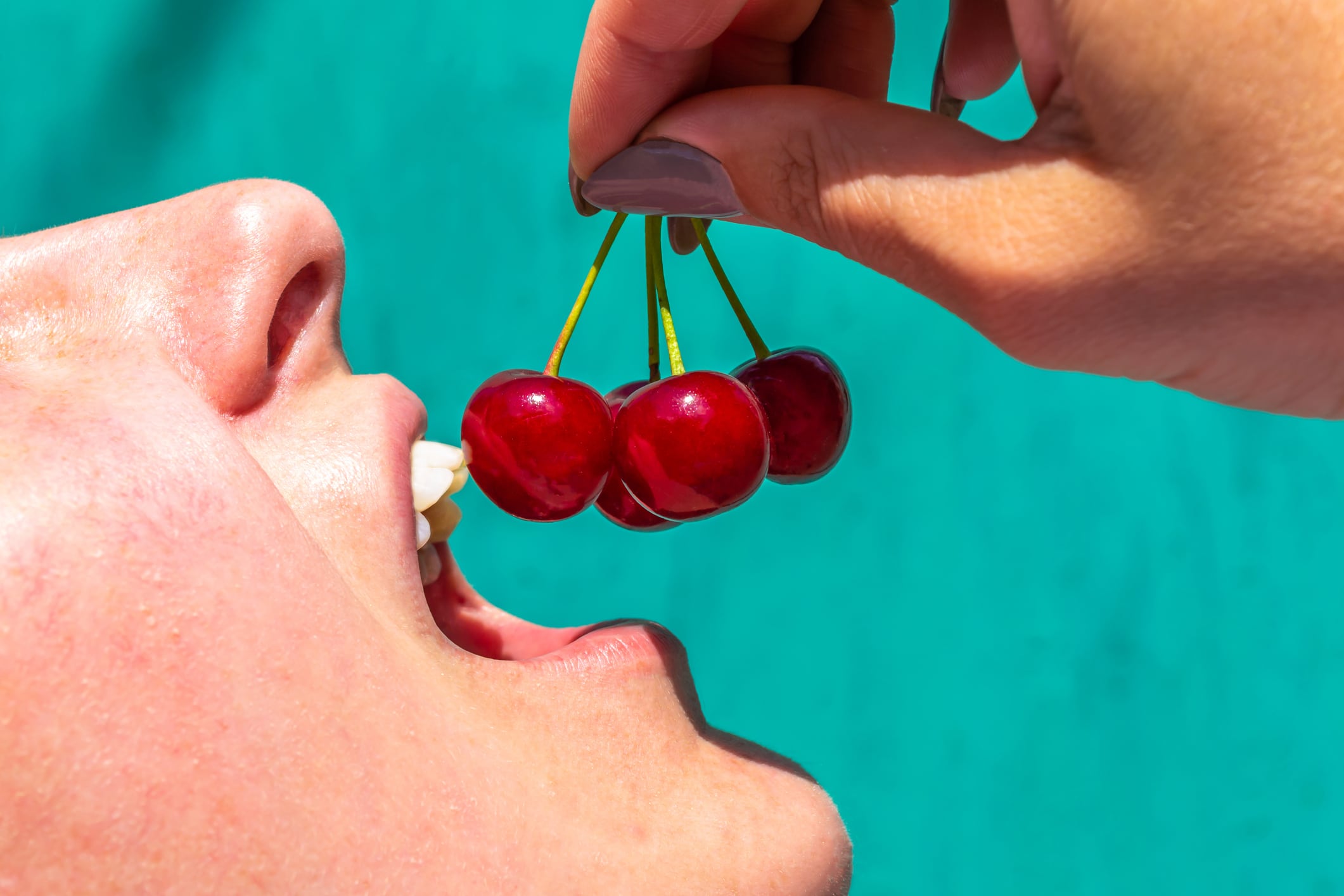Working with Kent-based company Rent A Cherry Tree, the bioscientists collected discarded fruit and pressed it to create juice, pulp and pomace. After drying and powdering the pulp, the researchers tested it for antioxidant compounds and found it was rich in beneficial anthocyanins.
The findings suggest cherry waste-derived extracts retain stable, bioactive compounds, opening up opportunities to create anthocyanin-rich cherry powder supplements.
This practice could prevent thousands of tonnes of food waste, according to Jennifer Tullet, director of graduate bioscience studies at Kent University, with 60 tonnes of cherries transported to landfill every year in Kent alone.
“Food waste is a major global issue, with more than one-third of all food produced lost or discarded,” Tullet told NutraIngredients. “Fruits and vegetables are wasted most often, often due to cosmetic imperfections rather than poor nutrition.”
“In the UK, cherry growers alone send tons of surplus or bruised fruit to landfill each year, despite these cherries containing valuable bioactive compounds,” she added. “This waste places pressure on landfills, increases greenhouse gas emissions and squanders nutritional potential.
“Upcycling tackles both problems: It reduces environmental impact while unlocking health-promoting ingredients, making agriculture more sustainable and ensuring ‘ugly’ food finds new, meaningful purpose.”
Cherry pulp powder may have neuroprotective benefits
Kent is known for being the largest cherry-producing region in the UK, with Turkey, the United States, Chile and Uzbekistan also key players in the global cherry market.
However, since most markets require cherries to be uniform in shape, size color and ripeness, there is a huge amount of waste in the industry, with approximately 10% of produce discarded due to imperfections.
Tullet and the team of researchers at Kent University therefore set out to explore whether this waste could be repurposed, both to increase agricultural sustainability and the availability of inexpensive, healthy foods.
In a recent study published in Antioxidants, Tullet et al. collaborated with a small Kent-based horticultural business to demonstrate the value of cherry waste as a means to transform the waste into new foods.
The researchers quantified the anthocyanin content in cherry waste and tested the potential benefits of the extracted cherry powder in an in vivo model.
“To test biological activity, we dried and powdered the cherry pulp and fed it to Caenorhabditis elegans, a tiny worm commonly used as a model for studying health and aging,” Tullet explained. “This simple, ethical model allowed us to measure whether cherry compounds protected the worms from amyloid-β toxicity, which mimics aspects of Alzheimer’s disease.”
The researchers tested both cherry juice and pulp powder and found that the powder had strong neuroprotective effects. While the juice has a similar anthocyanin profile, it did not produce a significant effect, suggesting the food matrix of the powder—and its precise anthocyanin composition—may be the most potent formulation.
“The study found that cherry waste is far from ‘wasteful’—it’s rich in beneficial anthocyanins,“ Tullet said. ”Among the tested fractions, the powdered pulp proved especially potent. When given to worms in an Alzheimer’s model, this powder helped protect against amyloid-β toxicity, supporting improved survival and health."
“These results highlight not only the nutritional value hidden in discarded cherries but also the potential of upcycled foods to provide natural compounds with measurable protective effects against age-related and neurodegenerative processes.”
The next step will be to focus on more complex models, such as human cell systems, gut microbiome studies and eventually dietary trials in people. Tullet said future research should also focus on how to scale sustainable extraction technologies to maximize the yield of bioactive compounds.
Seeing waste as an untapped resource
Tullet noted that the research opens up opportunities for supplement companies to tap into consumer demands for sustainable, plant-based and functional supplements and to partner with local cherry suppliers and horticultural businesses.
“With a reliable supply chain of surplus cherries and scientific validation of their health-promoting compounds, supplement developers could create capsules, powders or fortified foods with a strong sustainability narrative,” she said. “Such collaborations would transform agricultural by-products into profitable, eco-conscious products that appeal to health-focused consumers.”
This extends beyond cherries to other fruits, vegetables and plants, saving hundreds of tons of by-products destined for landfill.
“Many plant-based by-products contain bioactive compounds but are discarded for aesthetic or industrial reasons,” Tullet said. “Grapes, for example, leave behind antioxidant-rich skins and seeds after winemaking; citrus peels are full of flavonoids and fibers; and olive pomace contains polyphenols with anti-inflammatory potential. Even cherry seeds and pruning residues have shown promise as sustainable raw materials.
“By rethinking waste streams, companies could develop supplements, functional foods or even biocomposites. This approach supports circular economies, reduces waste and delivers added health and sustainability benefits to consumers.”





